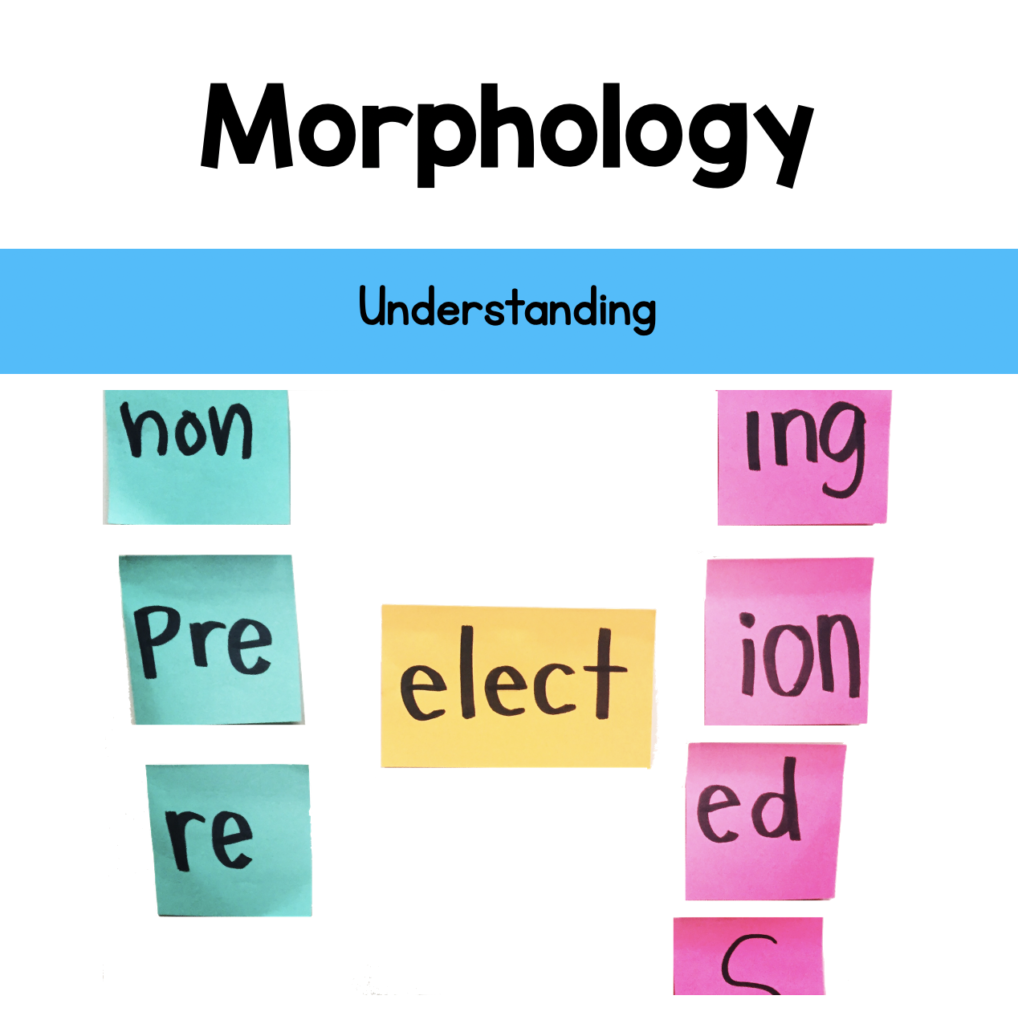Written language is a code. Our brain is wired to understand and produce language, but it is not wired to read. There are no systems in place specifically for reading and writing, like there are with speech and language. The research is clear: Reading needs to be explicitly taught through systematic phonics instruction. Comprehension, vocabulary, and fluency are all important reading skills. However, the ability to decode is an essential first step that will open the door to acquiring the other skills. (However, keep in mind you can begin teaching comprehension and building vocabulary knowledge through read aloud before, during, and after children learn to read.) Morphology is another essential component. I tend to loop morphology in with my phonics instruction, beginning in kindergarten.
To help guide teachers through the process of teaching a student how to read, I organized my blog posts about reading. You can begin at the top and make your way down or you can go right to a topic you want to learn more about.
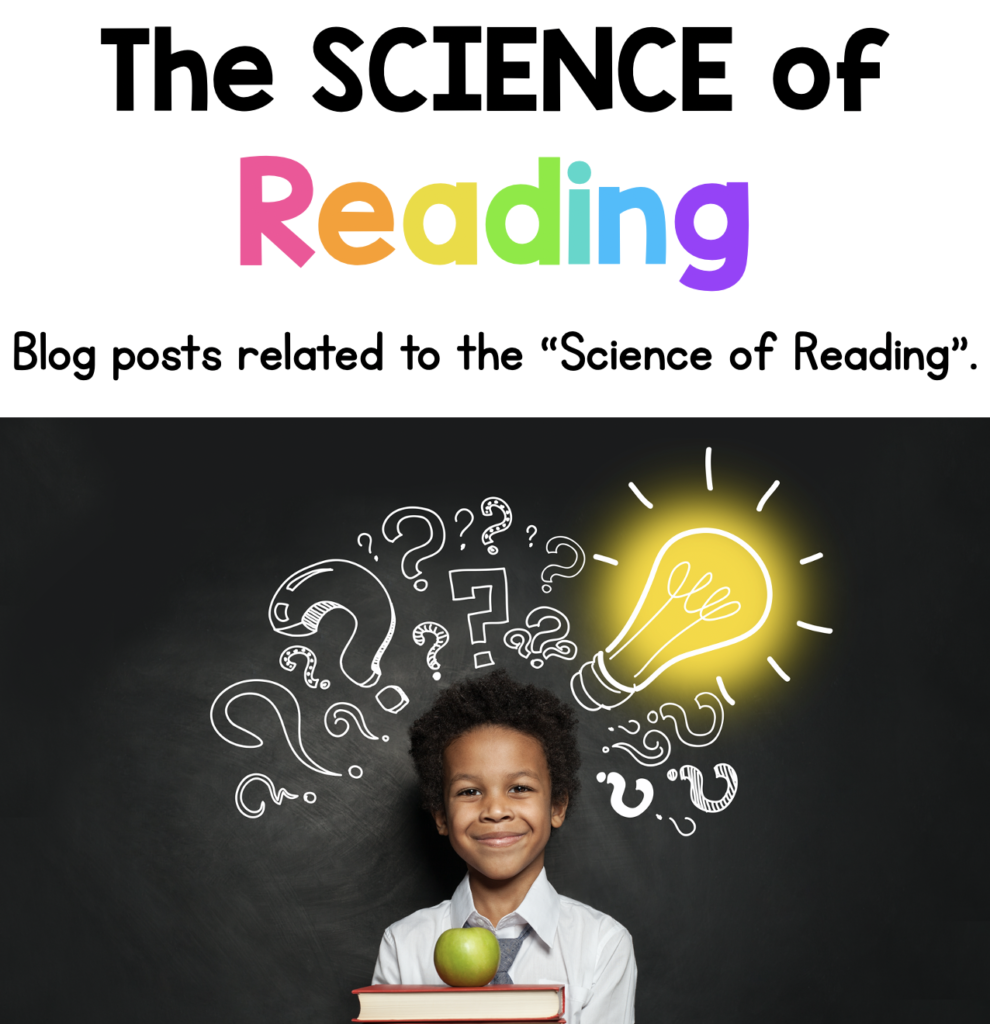
Click here for posts about the science of reading.
To learn about research-based reading instruction, click HERE for a post about Structured Literacy.
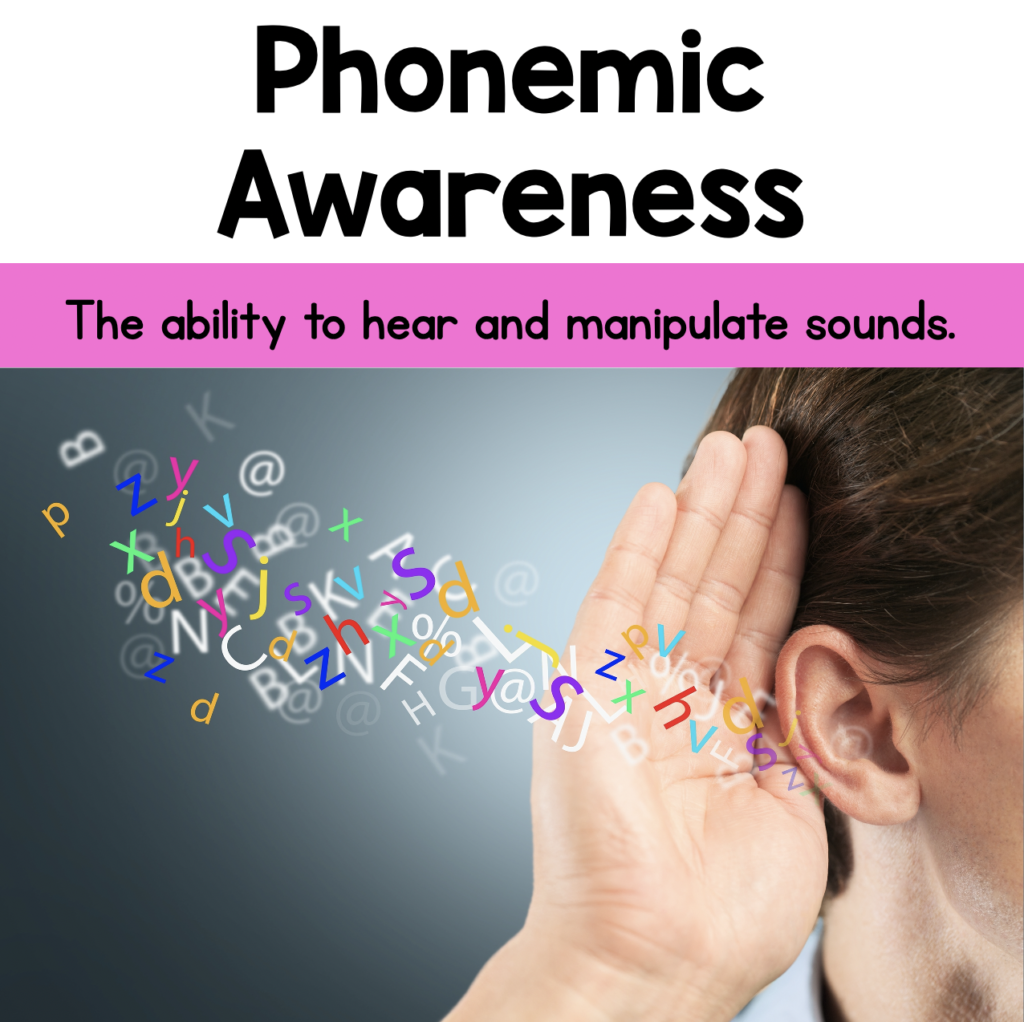
Posts about Phonemic Awareness
- If you want to learn the basics of phonemic awareness (what is it, how to teach it, and some resources,) check out this post all about phonemic awareness. It’s here that you can find some free printable about the components of phonological awareness.
- I have another blog post that goes into some specific, interactive ways to practice phonemic awareness. You can find these tips and activities for phonemic awareness here.
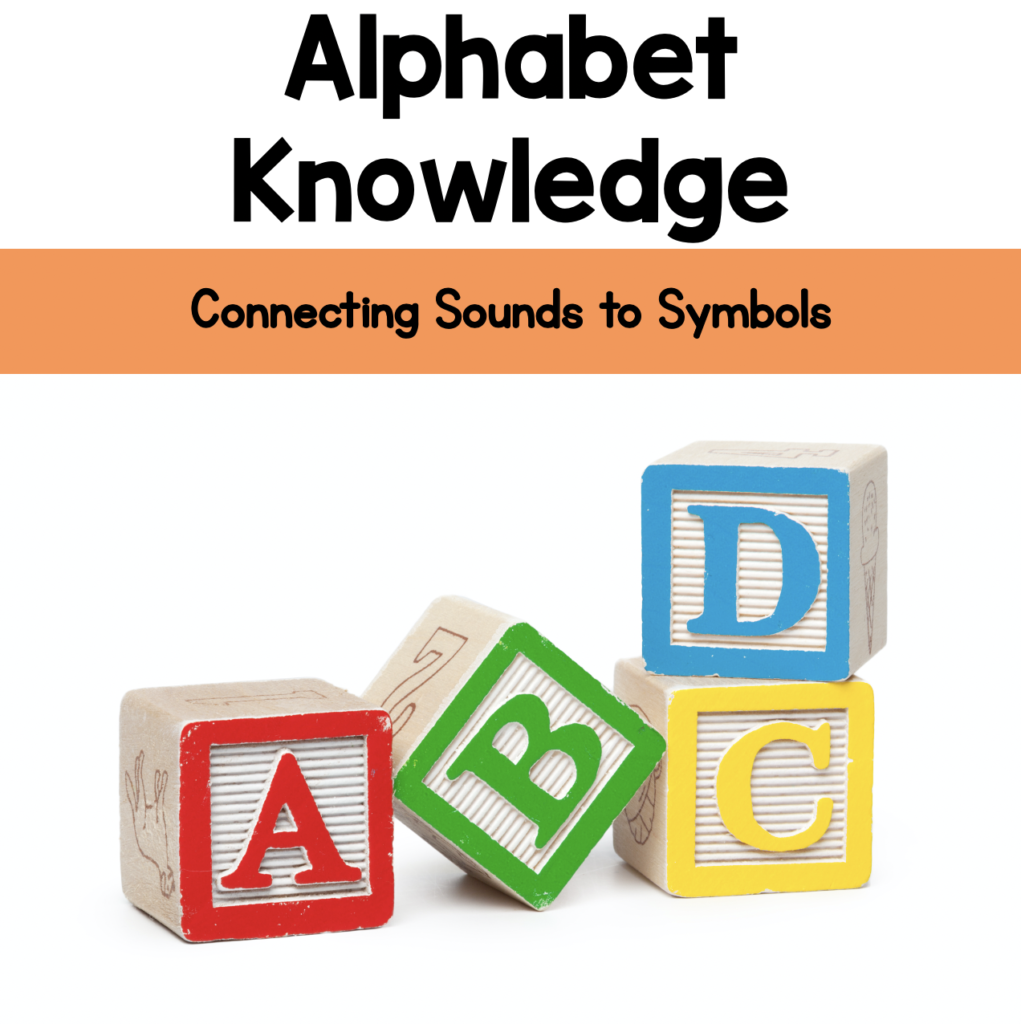
Once our students have grasped that words are made up of individual sounds, it’s time to connect those sounds to printed symbols (letter or letter combinations). There are 44 sounds in the English language and many ways to represent these sounds. Begin with the letters of the alphabet, introducing their most common sounds first. Eventually, you will systematically introduce other letters and letter combinations (graphemes).
Blog Posts about the Alphabet
- This blog post goes into detail about how I systematically teach the letters of the alphabet in smaller sets.
- You’ll see lots of ideas about how to help your students with develop sound-symbol knowledge.
- While I’m teaching the alphabet, I jump right into reading and spelling words. After learning just two letters, I demonstrate for students how you can combine those two sounds together. This is merging their developing phonemic awareness skills with their alphabet knowledge. After learning 5 letters, I lead students in “mapping” words and word parts using only the letters they’ve learned so far.
- Here is another post, more targeted toward alphabet intervention.
- This last post is for parents. It provides ideas for practicing the alphabet at home.
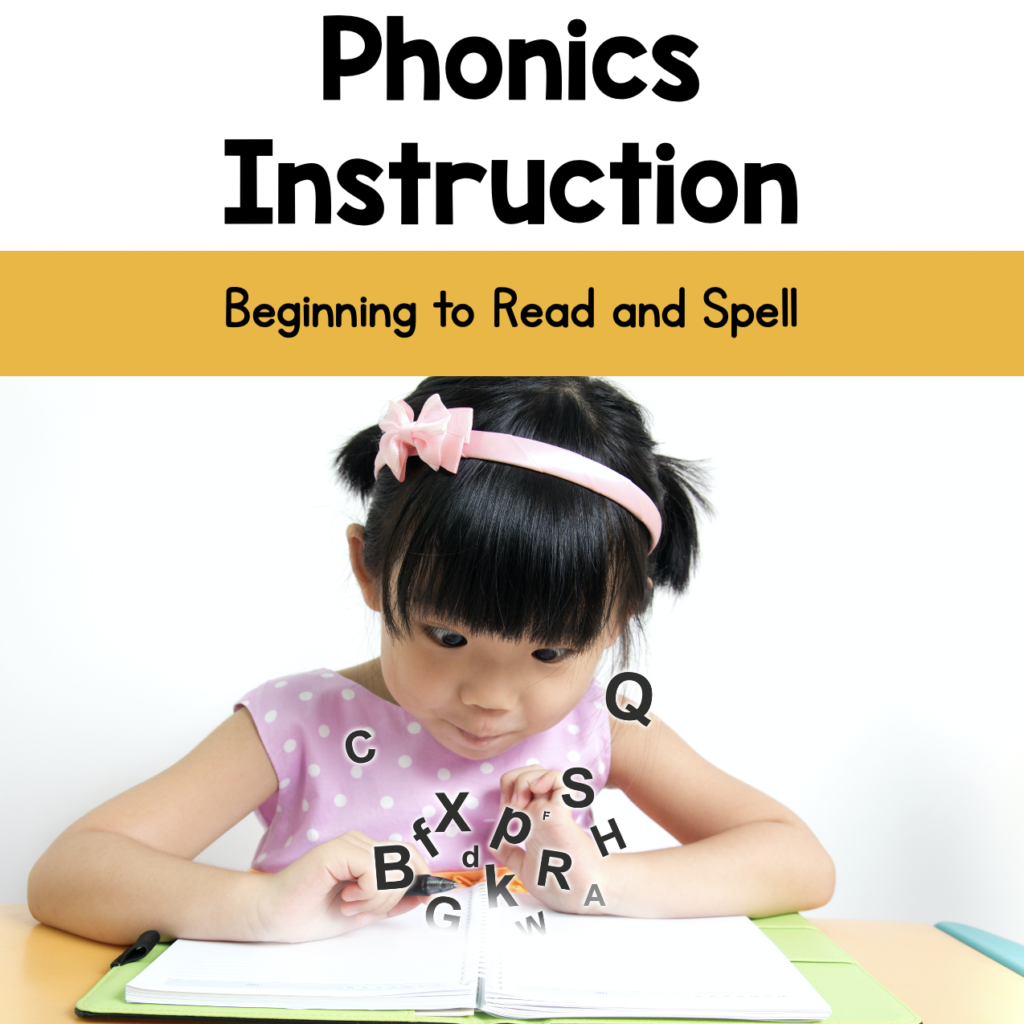
Blog Posts about Phonics
- Spelling/English Orthography: Do you wonder about the English language sometimes? Does it feel like it doesn’t make sense? This post is all about the importance of spelling instruction, but not your old school Monday lists and Friday spelling tests. This post goes into how the English language does make sense. English orthography is fascinating and complicated, and definitely worth learning and teaching! Click here to read about English orthography and what it means for spelling instruction.
- Orthographic Mapping: Want to read about how an unknown word truly becomes a “sight word”? You’ll need a cup of coffee for this one! Click here to read all about the orthographic mapping theory and how I use it to guide my instruction.
- Phonics Intervention: If you want to learn about explicit phonics instruction, this blog post is for you. I go into detail about reading intervention using the science of reading. The end of the post has a free ebook filled with useful information to get you started!
- Phonics to Fluency: Good decoding skills lead to fluency reading. This post talks about how phonics instruction can lead to fluency, beginning with automaticity at the word level.
- Assessment: This post talks about phonics assessments, explaining how to analyze your students errors. There is also a free CVC word assessment.
- This post is all about using “sound boxes”, which is a very helpful strategy for phonemic awareness, and later, spelling.
Resources for Teaching Phonics
Click HERE for TONS of phonics resources!
This is a collection of my best phonics resources, set up in order of how you would use them. Photos and links make it easy to sift through what you need.
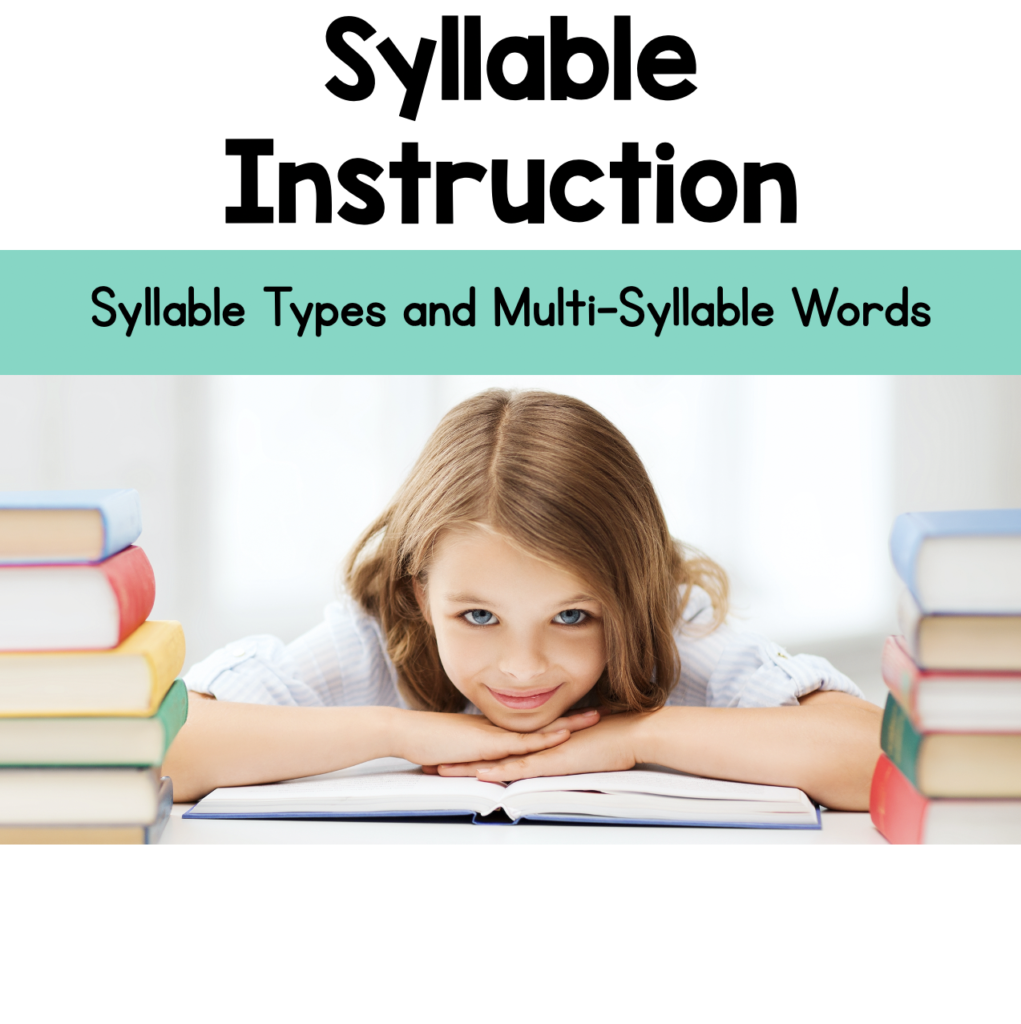
Blog Posts about Syllables
Syllable Types: Click HERE to read about syllable types.
Syllable Division: Click HERE to read about how to help students decode and spell multi-syllable words.
